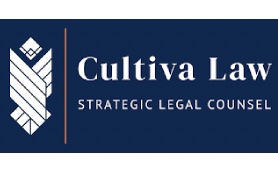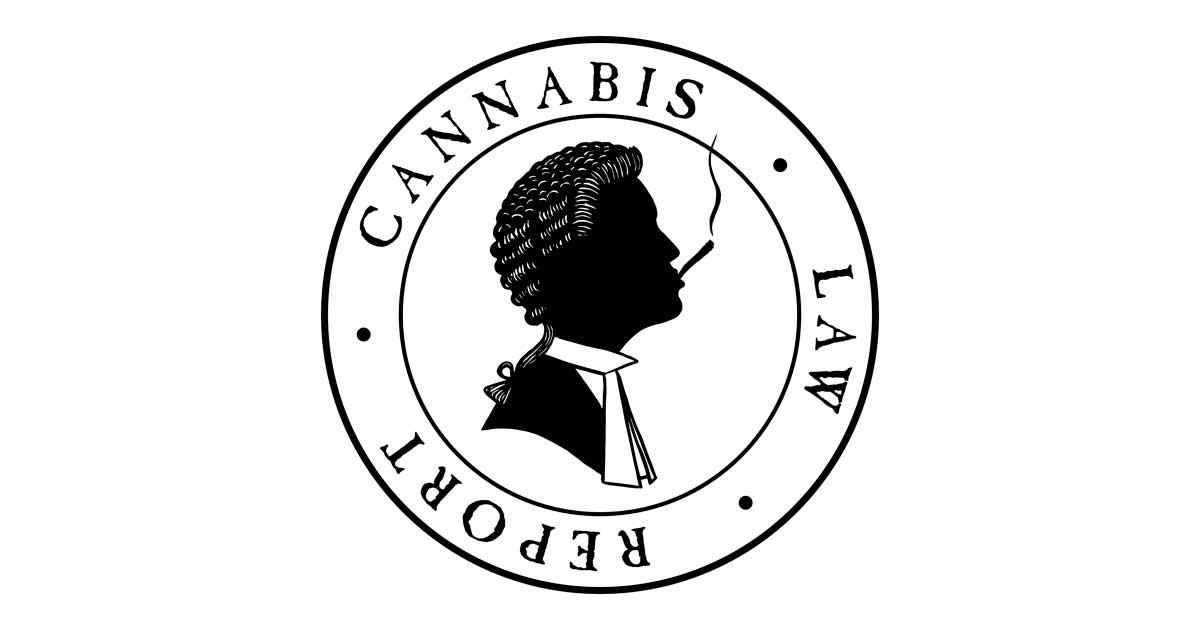Here at Cultiva Law, PLLC we have a different culture than most corporate law firms. We strive to be the kind of employer that gives our employees flexibility in their working hours and a work-life balance you will not find at most law firms. We believe it is possible to have a rewarding career that does not prevent you from having a healthy personal life.
We are seeking an eager and passionate Litigation Attorney to join our Seattle, WA office. This attorney will support the managing attorney for the Seattle office doing litigation work related to business and regulatory disputes associated with the cannabis industry and will work collaboratively with other members of the Cultiva offices in Washington, Washington and California to analyze new business, assist with current client workload, and to help grow the firm’s presence.
Outstanding writing skills and proven litigation experience, up through trial are a prerequisite and this attorney must be able to make and communicate difficult decisions, handle multiple complex situations, and produce high quality work while advocating for our clients under time pressure and during disputes. We are responsible for helping our clients solve exciting business and regulatory challenges in a rapidly growing, constantly changing, emerging market and are seeking someone who is excited to learn and grow with the industry.
Qualifications
- Washington Bar license (required)
- Interest or experience in Cannabis Law
- Litigation experience, drafting pleadings, managing files, depositions, arbitrations and trial
- Exceptional writing (writing sample required) and communication skills
- Legal Research, analytical and problem-solving skills
- Demonstrated ability to develop and lead initiatives, a person who can work independently but also knows how to work well with others as part of a team
- A high level of professionalism and outstanding business judgment
Compensation and Benefits
- Salary based on experience and qualifications
- Generous PTO package
- Bus pass or parking
- Health insurance and Dental after first of the month following 60 days
Please submit your resume and writing sample plus cover letter explaining why you want to work in the cannabis industry.
*This job description provides a general but not comprehensive list of the essential responsibilities and qualifications required. It does not represent a contract of employment. Cultiva Law, PLLC reserves the right to change the description and/or posting at any time without advance notice. This position is “exempt” under the Fair Labor Standards Act.
Job Type: Full-time
Pay: $85,000.00 – $105,000.00 per year
Benefits:
- Dental insurance
- Flexible schedule
- Health insurance
- Health savings account
- Paid time off
- Parental leave
Schedule:
- 8 hour shift
- Monday to Friday
Supplemental pay types:
Ability to commute/relocate:
- Seattle, WA 98121: Reliably commute or planning to relocate before starting work (Required)
Work Location: One location
https://www.indeed.com/viewjob?jk=3f055af493cbc349&q=cannabis+lawyer&l=Usa&tk=1gov6clrjt6f7800&from=ja&alid=5f94ccbdcc1aa6663605f55b&utm_campaign=job_alerts&utm_medium=email&utm_source=jobseeker_emails&rgtk=1gov6clrjt6f7800


 Cannabis News2 years ago
Cannabis News2 years ago
 One-Hit Wonders2 years ago
One-Hit Wonders2 years ago
 Cannabis 1012 years ago
Cannabis 1012 years ago
 drug testing1 year ago
drug testing1 year ago
 Education2 years ago
Education2 years ago
 Cannabis2 years ago
Cannabis2 years ago
 Marijuana Business Daily2 years ago
Marijuana Business Daily2 years ago
 California2 years ago
California2 years ago














